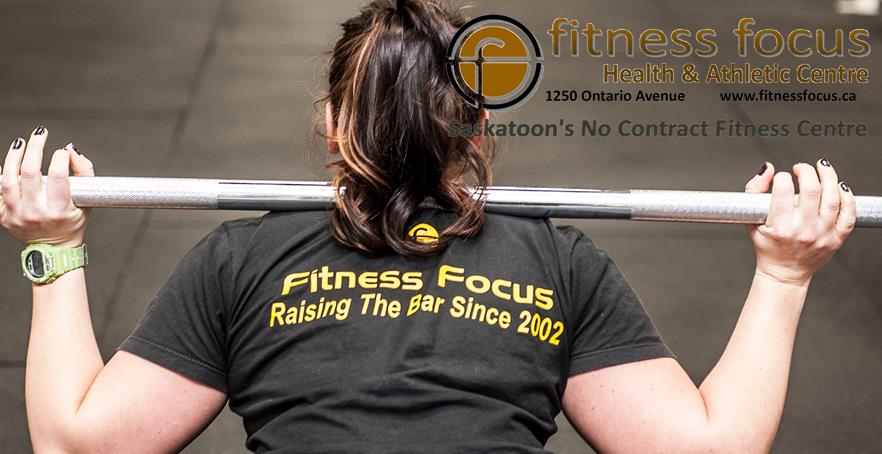All too often in the gym many of us are performing our squats with improper technique, there are 2 causes for this. The first and common reason is that we tend overload the weight and use more than we should causing us to sacrifice technique as well as depth on the downward part of the squat. The second reason is that we are generally taught to limit our squatting is to lower our thighs to just below parallel rather than perform full ‘arse to grass’ squats, because it is a ‘safer alternative’. The argument for this is that a full squat places much more stress on our knees and ligaments.

While from a static anatomical standpoint, this argument is seemingly true, our body actually behaves different in a dynamic movement under load. For example, supporting structures like cartilage and ligaments work to dissipate the intensification of stress on joints. On sensing the increased load, stretch receptor cells in the joint alert the brain to increase the muscular and ligamentous stability in and around the joint capsule, thus preventing injury.
It's not all black and white though, there are circumstances when a full squat would not be initially advised, such as people with damaged knee cartilage or post knee operation patients, also individuals with disc bulges or spinal issues. In the majority of clients with knee issues though, it is ironically their years of half squatting, poor technique and the lack of full squatting that forms the root of their problem.
The Benefits
So, if a full Range Of Motion (ROM) squat is not bad for us, what exactly are the advantages of performing such an exercise?
• Recent research has shown that full ROM squats help to strengthen the ligaments around the knees, and maintain the capsule integrity.
• Squatting through a full range of motion helps to minimise imbalances of the quadriceps muscles by forcing the muscles to work through the lower half of its movement capacity, as well as reduce imbalances between the quadriceps and hamstrings.
• It encourages optimal muscle recruitment and activation over a larger range of motion, leading to better quadriceps development.
• Deep squatting helps to activate the lower fibers of the Vastus Medialis Oblique (VMO), which serve a critical purpose of stabilizing the knee during movements like running and jumping.
• Full squatting is an instinctive movement pattern of the body, like walking or breathing. For example, perfect squatting techniques are best observed in children, who perform the exercise with ease and without instruction.
• It can help to eliminate knee pain caused by patella-femoral tracking syndrome which ironically can be caused by muscular imbalances and tight iliotibial band as a result of partial squatting.